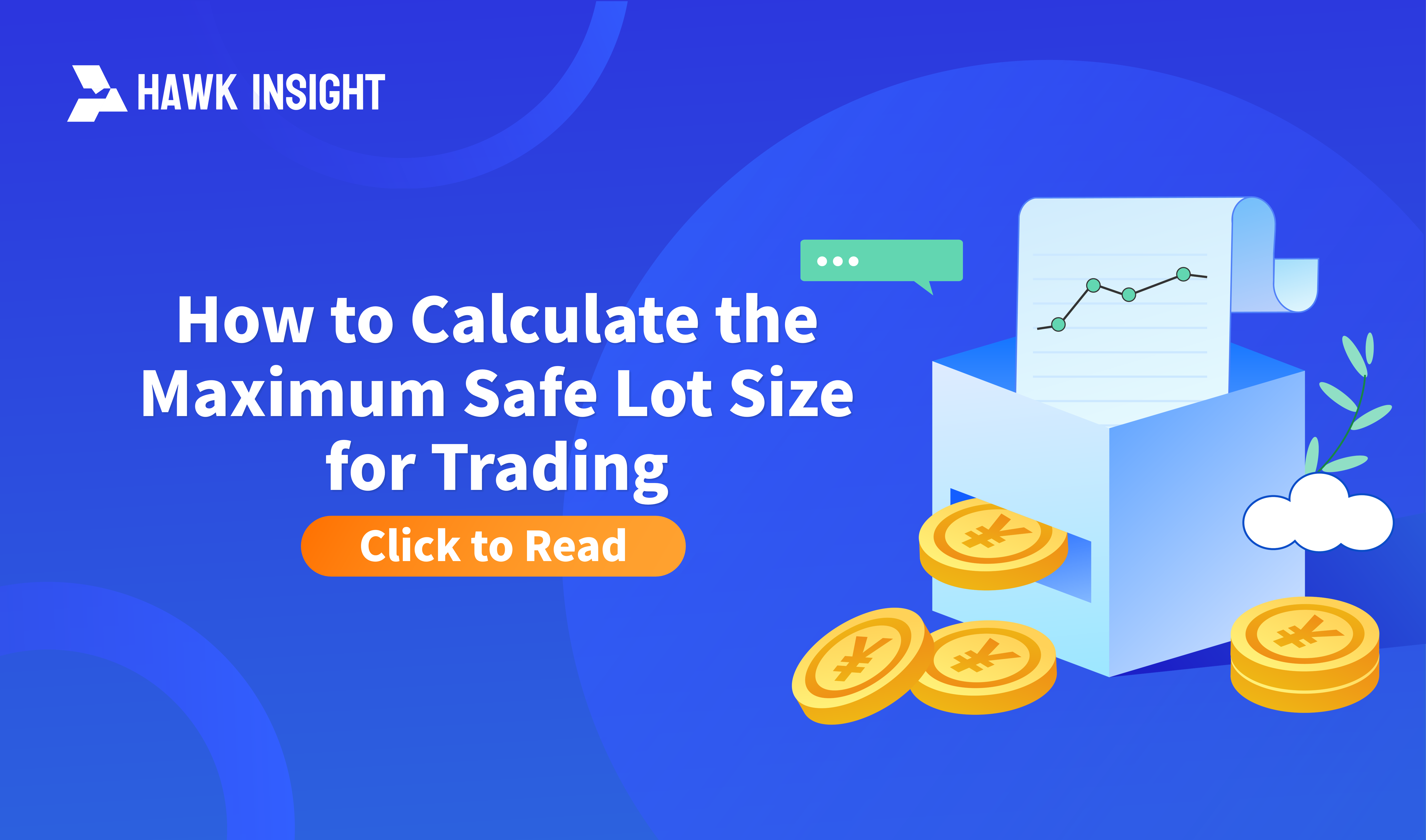How to Calculate the Maximum Safe Lot Size for Trading
Do you know there‘s a safe way to choose the maximum lot size to use, in order to keep your account safe from blowing when a losing streak of trades appear?

In financial trading, selecting the maximum safe lot size is crucial to protect your account from significant losses, especially during periods of consecutive losing trades. Common advice includes risking no more than 1%, 2%, or 5% per trade. However, understanding the source and applicability of these percentages is essential. Here is a detailed calculation method and strategy to help you trade more safely.
Sources of Risk Percentage
Different trading strategies have unique characteristics, such as varying win rates, maximum drawdowns, longest winning and losing streaks. Traders’ styles also impact strategy outcomes. Therefore, using a fixed risk percentage may not suit all strategies. The appropriate risk percentage should be adjusted based on specific trading history and strategy characteristics.
Key Steps to Calculate Maximum Safe Lot Size
1. Understanding Maximum Drawdown
Maximum drawdown refers to the largest drop in cumulative profit over a period. Calculating the maximum drawdown helps determine how much loss your account can endure before facing a blowout. For instance, if you are scalping GBP/USD and find that your maximum drawdown over two months is 74 pips, it means your account could handle a loss of 74 pips. If you are trading 0.01 lots (equivalent to $0.10 per pip), the 74-pip drawdown translates to a loss of $7.4. With a $500 account, this loss is 1.48% of the initial account size.
2. Calculating Lot Size Adjustments
To adjust lot size while managing drawdown, follow these steps:
-
Collect Data: Record your lot size, monthly profit, and maximum drawdown. For example, with a lot size of 0.01, you might have a monthly profit of 2.6% and a maximum drawdown of 1.48%.
-
Expand Data: Calculate profit and drawdown for different lot sizes based on the initial data. For instance, if the lot size increases to 0.02, both profit and drawdown will double; if the lot size increases to 0.10, they will increase tenfold. Create a table like this:
Lot Size Monthly Profit Maximum Drawdown 0.01 2.60% 1.48% 0.02 5.20% 2.96% 0.05 13.00% 7.40% 0.10 26.00% 14.80% -
Choose an Appropriate Lot Size: Based on your risk tolerance and target drawdown level, select a suitable lot size. If you can tolerate a maximum drawdown of 30%, you might choose a lot size of 0.20, resulting in a maximum drawdown close to 30% and an expected average return of 52% per month.
Practical Application
-
Assess Risk Tolerance: Before setting the lot size, determine the maximum drawdown percentage you can tolerate. For example, if you are comfortable with a maximum drawdown of 30%, select a lot size that aligns with this threshold.
-
Risk Management: Use risk management tools, such as stop-loss settings, to control losses per trade. If your strategy employs fixed stop-losses, the lot size can remain constant; if dynamic stop-losses are used, adjust the lot size according to the situation.
-
Ongoing Monitoring and Adjustment: Regularly review and analyze trading results to ensure the effectiveness of your lot size and risk management strategy. Adjust the lot size and risk management strategies based on market changes and trading outcomes.
Conclusion
By following these steps, you can safely determine the maximum lot size while controlling drawdown and maximizing profit potential. Ensure you thoroughly understand and calculate your strategy’s historical data before selecting a lot size, and adjust based on risk tolerance and market conditions. Maintaining good risk management practices and regularly updating data will help you stabilize and grow your account in a dynamic market environment.
Disclaimer: The views in this article are from the original Creator and do not represent the views or position of Hawk Insight. The content of the article is for reference, communication and learning only, and does not constitute investment advice. If it involves copyright issues, please contact us for deletion.